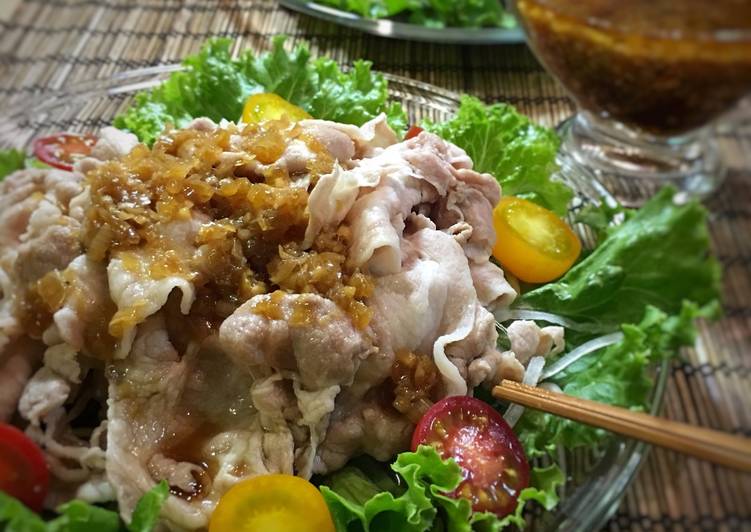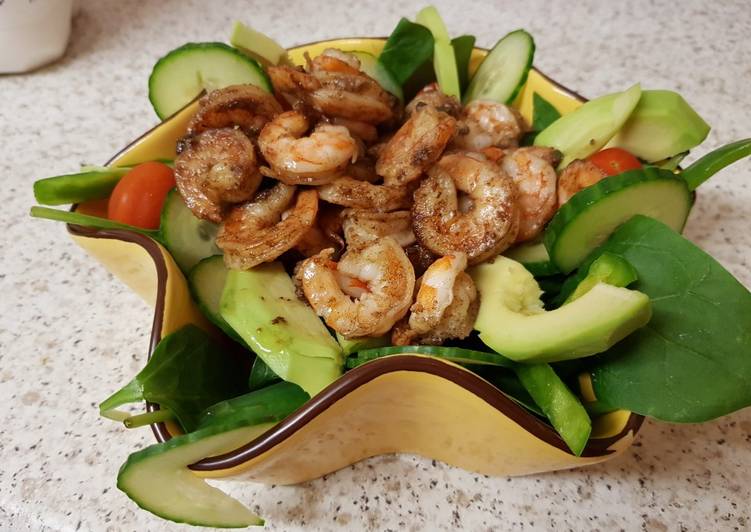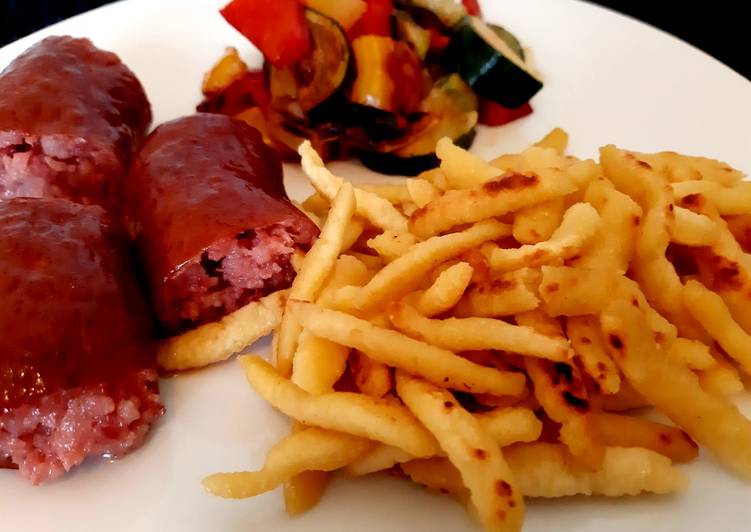
Hello everybody, I hope you are having an amazing day today. Today, I will show you a way to make a special dish, cold pork shabu-shabu with koumi (flavor) sauce. It is one of my favorites food recipes. This time, I will make it a little bit unique. This is gonna smell and look delicious.
Cold Pork Shabu-Shabu with Koumi (flavor) sauce is one of the most popular of current trending foods in the world. It is simple, it’s fast, it tastes delicious. It’s appreciated by millions daily. They’re nice and they look wonderful. Cold Pork Shabu-Shabu with Koumi (flavor) sauce is something which I’ve loved my whole life.
Shabu Shabu is a Japanese hot pot dish, Nabemono, with paper-thin sliced beef. It is cooked at the dinner table using a portable gas stove and we Then you eat the hot meat with sauce. Other kinds of thin meat or fish can be cooked in the same way (and still called Shabu Shabu), such as pork, crab.
To begin with this particular recipe, we have to first prepare a few ingredients. You can cook cold pork shabu-shabu with koumi (flavor) sauce using 13 ingredients and 12 steps. Here is how you can achieve that.
The ingredients needed to make Cold Pork Shabu-Shabu with Koumi (flavor) sauce:
- Take 300 g thinly sliced pork (rib or loin)
- Take 5 cm daikon radish
- Make ready 【Koumi sauce】
- Get 1/2 Japanese leek or long onion (Naganegi)
- Take 1 tablespoon chopped garlic
- Get 1 tablespoon chopped ginger
- Get 2 tablespoons soy sauce
- Prepare 2 tablespoons vinegar
- Prepare 1 tablespoon sugar
- Prepare 1 tablespoon sesame oil
- Get 【Garnish】
- Prepare 4 lettuce leaves
- Make ready 4 cherry tomatoes
This is "Mizkan Sesami Sauce "Cold Pork Shabu Shabu"" by shin-go on Vimeo, the home for high quality videos and the people who love them. Simply put, this mysteriously-named dish is a popular style of nabemono, or The traditional broth for shabu-shabu is a simple dashi made from kombu seaweed, with no additional flavors added since Shabu-shabu is eaten with a variety of thinly sliced meats and fresh vegetables. Myself being an avid fan of hotpot or shabu shabu always loveeee the sesame sauce they serve at the restaurant. Unfortunately, dining out every once a week is not an option because it can be quite pricy and time consuming especially with the commute.
Steps to make Cold Pork Shabu-Shabu with Koumi (flavor) sauce:
- Cut the daikon radish into 5 cm across.
- Peel the daikon
- Place it lengthways and slice thinly.
- Lay the slices on top of each other.
- Cut into thin julienne strips.
- Soak them in a bowl of icy cold water to add extra crispness.
- Lightly cook the pork by moving around the boiling water. But be careful not to overcook it.
- Soak the pork in icy cold water, then drain.
- (To make the Koumi sauce) - Chop the Japanese leek, garlic and onion.
- Place the sesame oil in a frying pan and stir fry chopped leek, garlic and ginger on medium heat.
- In a small bowl, combine soy sauce, vinegar and sugar. Once the ingredients in the frying pan are well cooked, add mixed sauce and heat it.
- Present all ingredients on a plate. Pour the koumi sauce when you eat.
I decided to give this brand a try especially after. Shabu-shabu is a representative Japanese hotpot that is equally as well-known to foreigners as Instead of beef, you can also use thinly sliced pork. This is equally popular in Japan as pork is much These two sauces are quite different in flavour and texture so you can enjoy shabu-shabu in two. Shabu Shabu (しゃぶしゃぶ) is a Japanese hot-pot meal where very thin slices of beef are momentarily (few seconds) cooked in hot broth. Japanese typically add cooked rice to the remaining broth, seasoned with a bit of soy sauce and pouring a beaten egg over the rice.
So that’s going to wrap it up for this special food cold pork shabu-shabu with koumi (flavor) sauce recipe. Thanks so much for your time. I’m confident you can make this at home. There is gonna be more interesting food at home recipes coming up. Remember to save this page on your browser, and share it to your loved ones, friends and colleague. Thanks again for reading. Go on get cooking!


